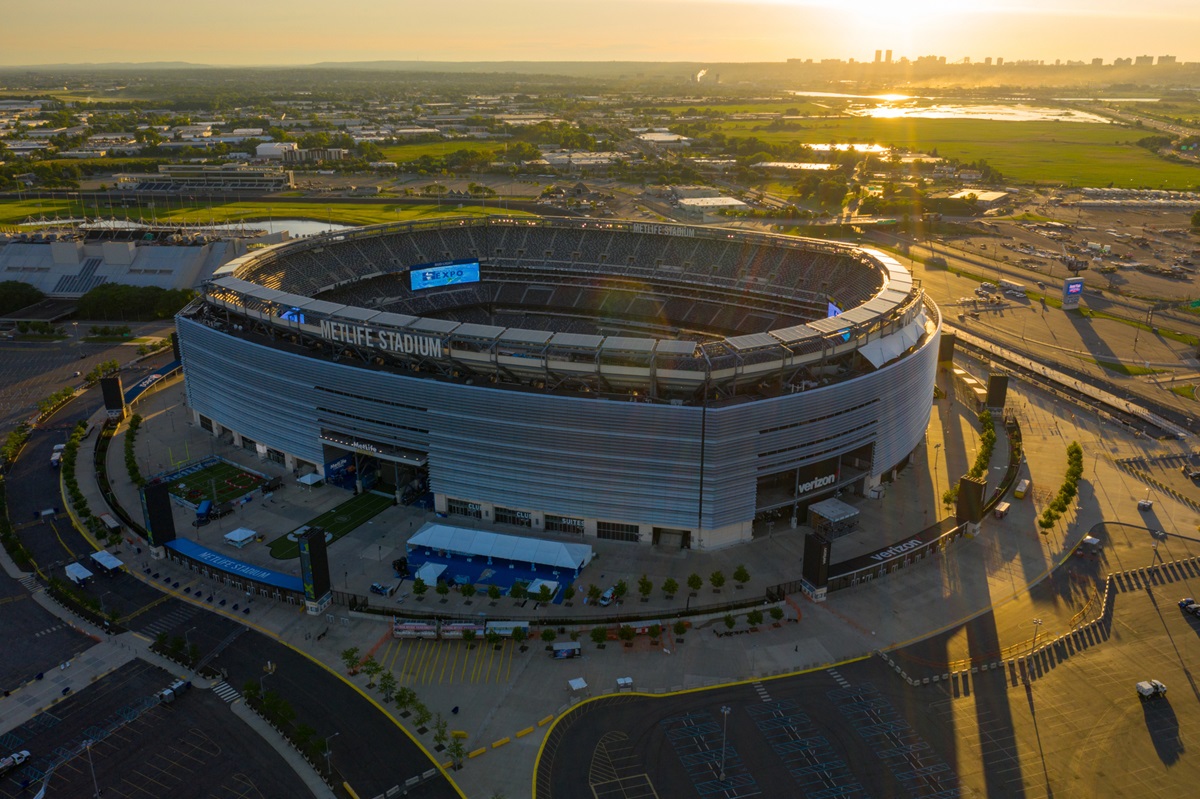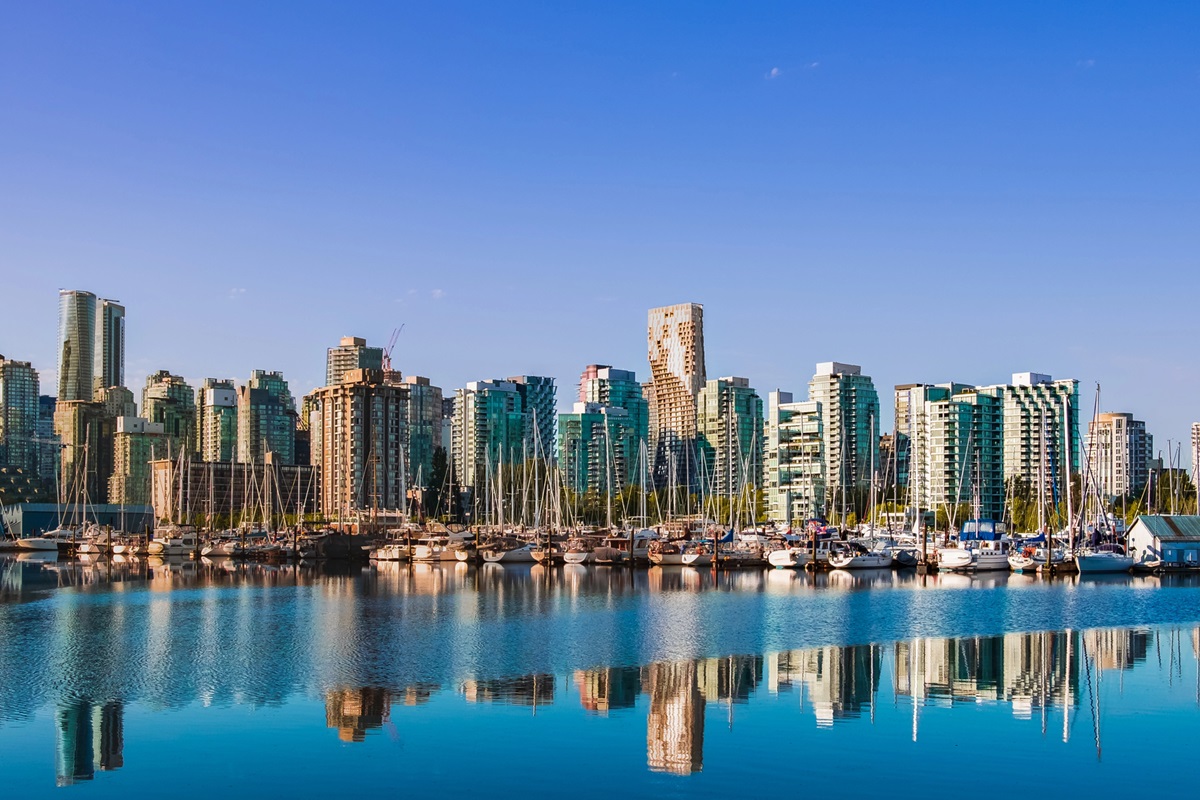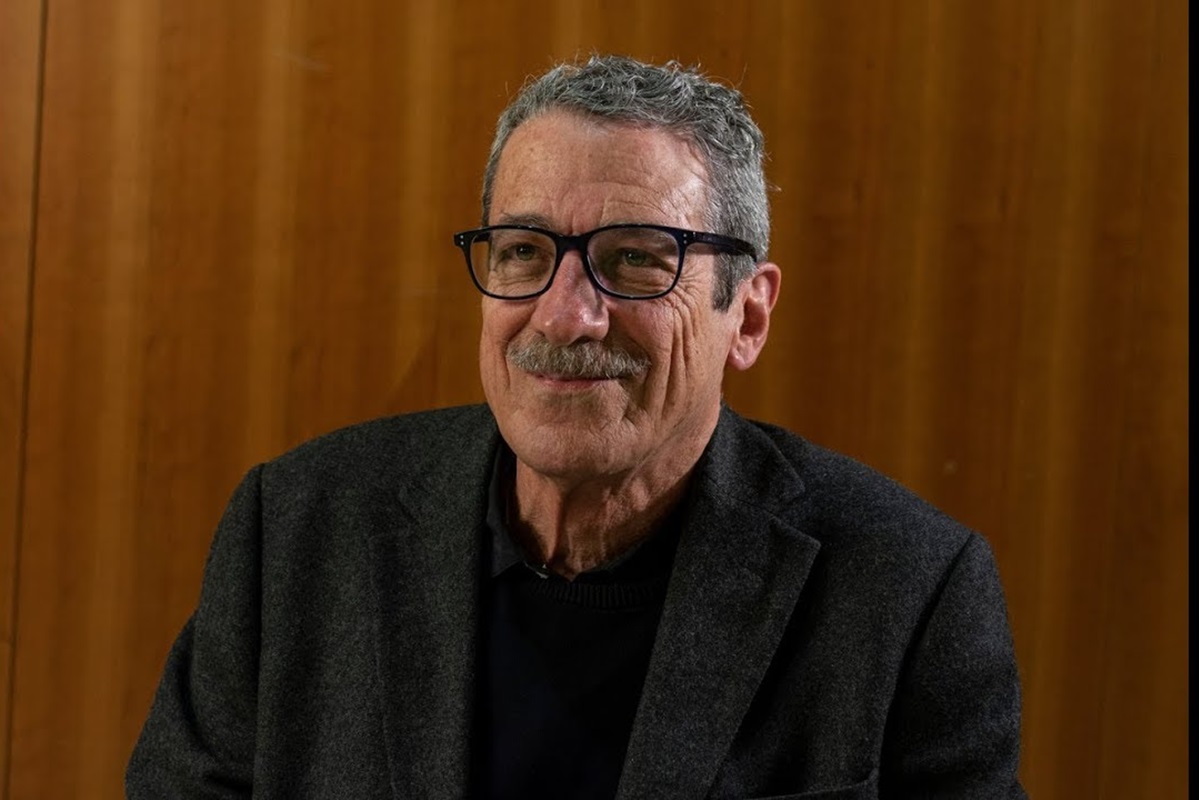With just a year to go before the world’s biggest soccer tournament kicks off, Toronto and Vancouver are sprinting to the finish line—not with cleats, but with cranes, concrete, and cultural flair. As Canada’s only two host cities for the FIFA World Cup 2026, both urban hubs are undergoing sweeping changes in infrastructure, tourism planning, and community engagement to welcome millions of fans and showcase the country’s capacity on the world stage.
But how exactly are these cities preparing? What’s at stake? And what will it all mean—on and off the pitch?
Stadiums, Subways, and Skylines: Infrastructure at the Core
In Toronto, the iconic BMO Field, rebranded “Toronto Stadium” for the tournament, is in the midst of a major facelift. The stadium’s seating is expanding from 30,000 to 45,000, and it’s getting upgrades to media facilities, lighting, locker rooms, and accessibility. Nearly $300 million CAD is being invested: $104 million from the federal government, $97 million from Ontario, and $90 million from the City of Toronto. The improvements, which started in early 2024, are designed to meet FIFA’s elite standards—and leave a legacy for Toronto FC and local sports long after the final whistle blows.
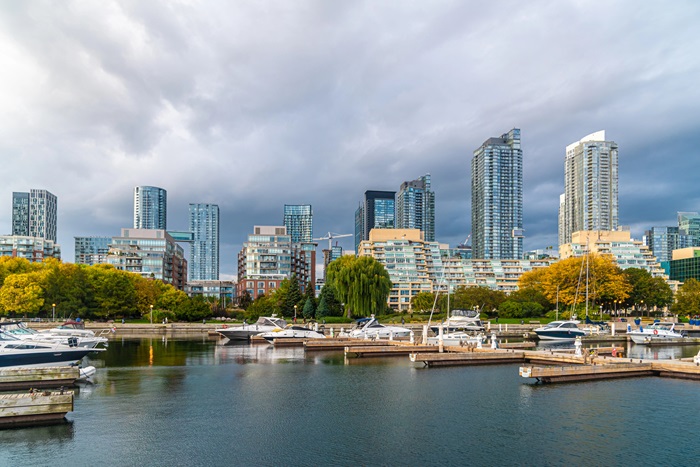
Meanwhile, in Vancouver, transit is the name of the game. The Broadway Subway Project, a 5.7-kilometer underground extension of the Millennium Line, is being built to ease congestion across a key east-west corridor. Though full completion is now set for 2027 due to delays (including a concrete strike and pandemic-related supply disruptions), parts of the line may be operational in time for the tournament. The project, which includes six new stations, is expected to significantly improve traffic flow and fan mobility.
A Home Away from Home: Accommodations for a Global Audience
Hosting a global event also means housing a global crowd—and that’s no small feat.
Vancouver has introduced a 2.5% short-term accommodation tax (applicable to hotels and platforms like Airbnb) to fund World Cup-related expenses. This levy will remain in place until 2030 and is projected to raise millions. The city is also considering easing short-term rental restrictions and exploring creative lodging options, such as converting unused buildings into temporary hotels and docking floating cruise ships as luxury hotels near the Vancouver Convention Centre.
One such floating hotel proposal from Finnish firm Sunborn International includes a six-level ship offering 250 rooms, restaurants, a spa, and public access to amenities—anchoring innovation in both tourism and infrastructure.
Toronto is similarly preparing, with hotels undergoing renovations and restaurants crafting World Cup-themed experiences. Tour operators are designing soccer-focused itineraries, while city beautification projects aim to impress global visitors.
Related content: Mexico and Canada: Appealing Soccer Sanctuaries
Culture, Art, and the Beautiful Game
Toronto and Vancouver aren’t just building facilities—they’re crafting atmospheres. In both cities, soccer-themed art, retro fashion, and cultural events are turning public spaces into tributes to the beautiful game.
In Toronto’s Distillery District, fans can pick up stylish vintage kits, like a 1966 England shirt or Maradona-themed gear, from The Sport Gallery. Nearby, a 26-ton granite sculpture of an Inuit soccer player at York University offers a powerful symbol of inclusion and indigenous pride.
Vancouver, too, has embraced football through the arts. Local muralist and former college player Carling Jackson is transforming city walls with vibrant portraits of global soccer icons, including Kylian Mbappé.
Fan Zones and Festivals: More Than Just Matches
The World Cup experience isn’t limited to the 90 minutes on the pitch. Both cities are gearing up for fan zones, watch parties, and immersive activations.
Vancouver’s Pacific National Exhibition (PNE) will be the official FIFA Fan Festival site. The centerpiece is a new $104 million amphitheatre with a signature timber roof and mountain views. Scheduled to open just before the tournament, it will host match viewings, concerts, food stalls, and cultural showcases—fostering a carnival-like atmosphere throughout the month-long event.
Match Schedules and Milestones
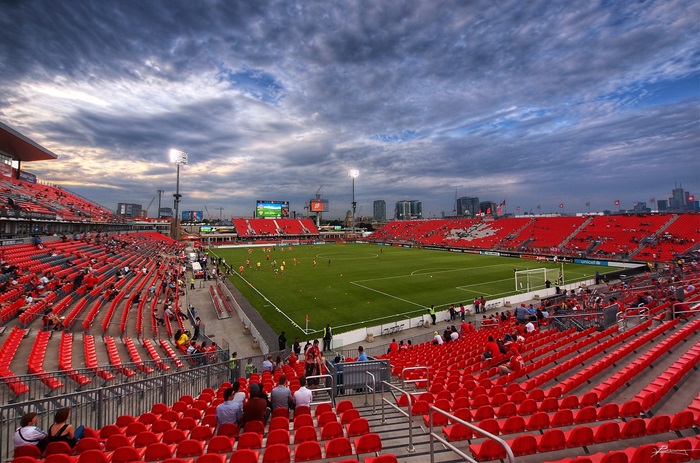
Toronto will host six matches, including a historic first: Canada’s men’s national team playing a World Cup match on home soil for the first time ever, on June 12, 2026. The remaining five games include more group-stage fixtures and a Round of 32 elimination match.
Vancouver, on the other hand, will host seven matches, including two group-stage games involving Canada and a crucial Round of 16 encounter. All games will take place at BC Place, the 54,000-seat downtown stadium famous for hosting the 2010 Olympic ceremonies and the 2015 Women’s World Cup Final.
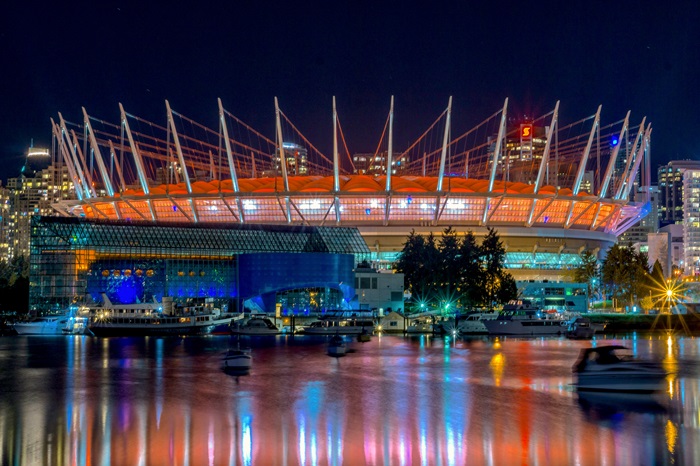
BC Place is also home to the Vancouver Whitecaps FC and houses the BC Sports Hall of Fame, where visitors can explore the city’s soccer heritage, including memorabilia from the Whitecaps’ early days.
Dollars and Sense: The Economic Impact
According to a joint FIFA–Deloitte economic impact assessment, the World Cup is projected to inject $3.8 billion into the Canadian economy, including:
- $2 billion in GDP
- $1.3 billion in labor income
- 24,100 jobs created or preserved
Toronto’s share of the economic boost is pegged at $1.3 billion, while Vancouver could see gains of up to $1.7 billion. On average, each of the 13 Canadian matches is expected to contribute $155 million to GDP and generate over 1,800 jobs.
Though the total cost to host the matches in Canada is estimated at $1.9 billion, city and provincial leaders are confident the long-term benefits outweigh the investment. “This isn’t just about soccer,” said FIFA Vice President Victor Montagliani. “It’s about showing the world who we are.”
The Future Beyond 2026: Building Canada’s Soccer Legacy
The tournament is expected to accelerate interest and investment in Canadian soccer well beyond 2026. That includes the launch of the Northern Super League, Canada’s first professional women’s league, set to debut in 2025. Vancouver’s team, Rise FC, is co-owned by national legend Christine Sinclair, while AFC Toronto features a diverse, international roster.
These developments, coupled with record youth registration numbers, suggest Canada’s World Cup isn’t just a moment—it’s a movement.
Final Whistle: More Than a Game
As June 2026 approaches, Toronto and Vancouver are not just preparing for a soccer tournament—they are reimagining themselves as global stages, where sport, culture, and community intersect. With massive investments, strategic planning, and an unmistakable sense of pride, both cities are poised to deliver a World Cup experience like no other.
Whether you’re there for the goals, the murals, or the cocktails, one thing is clear: Canada is ready for the world—and the world is about to discover a new side of Canada.
Photo of the portrait: Depositphotos


